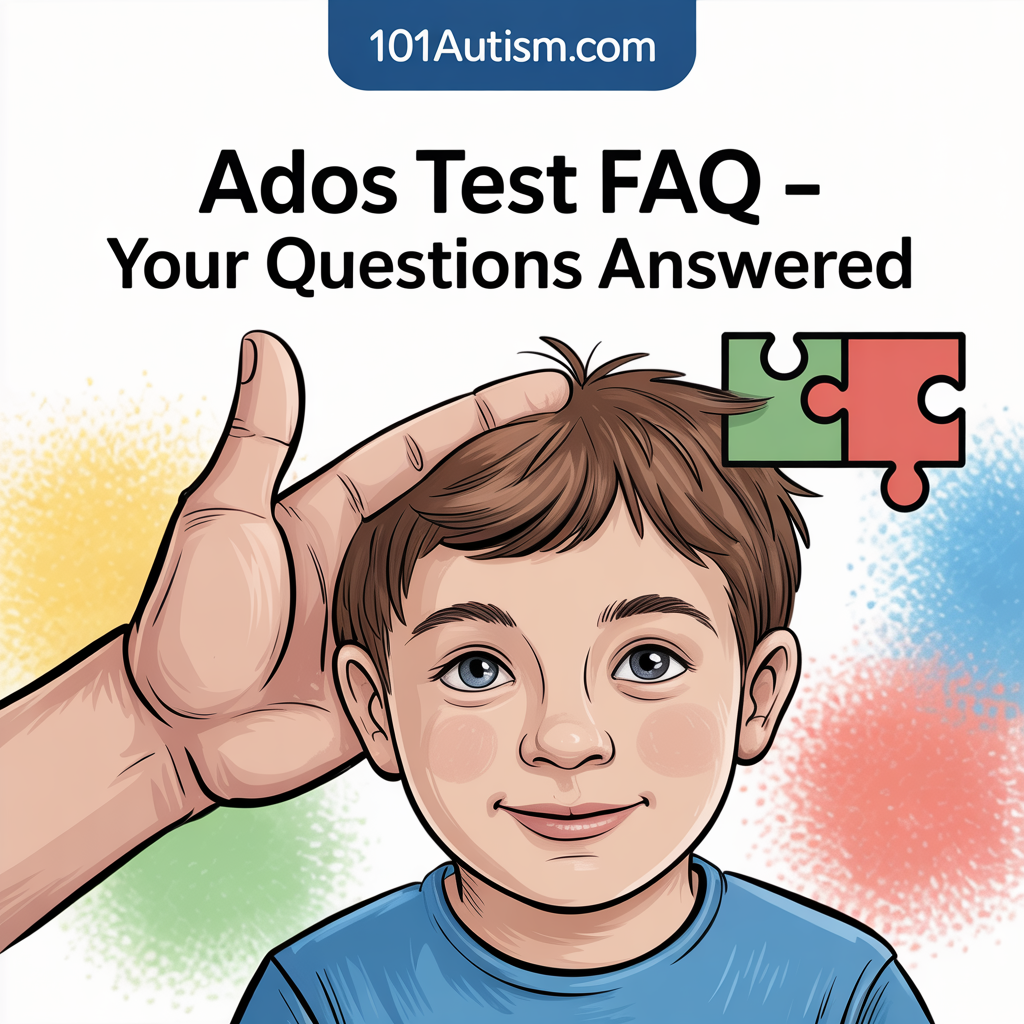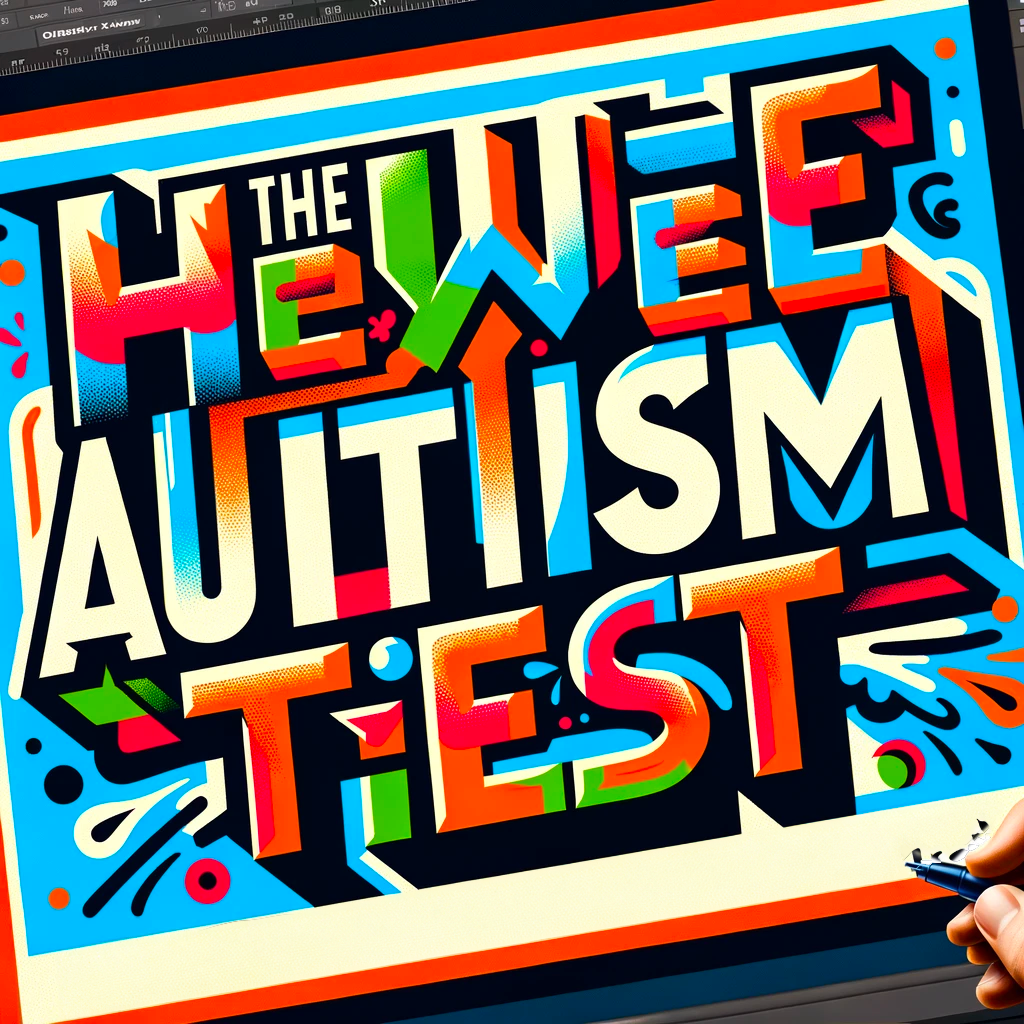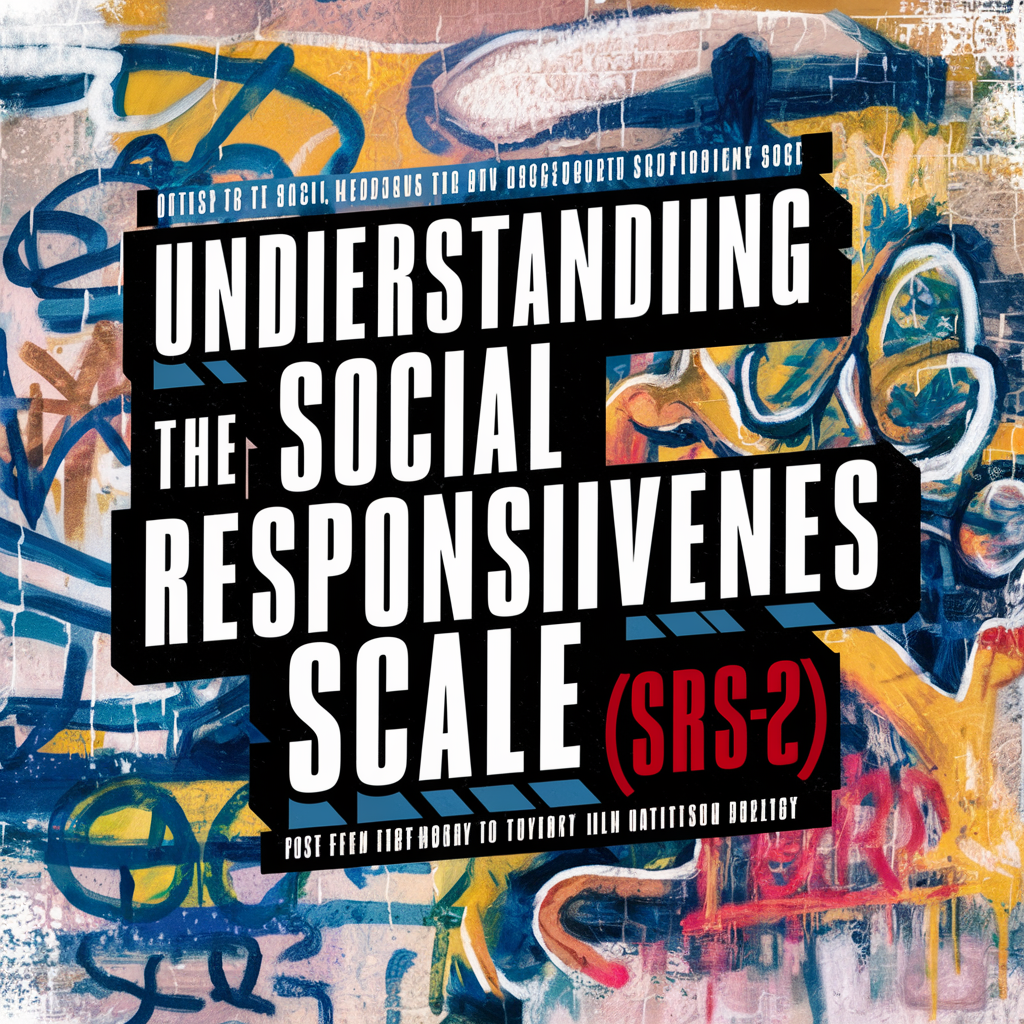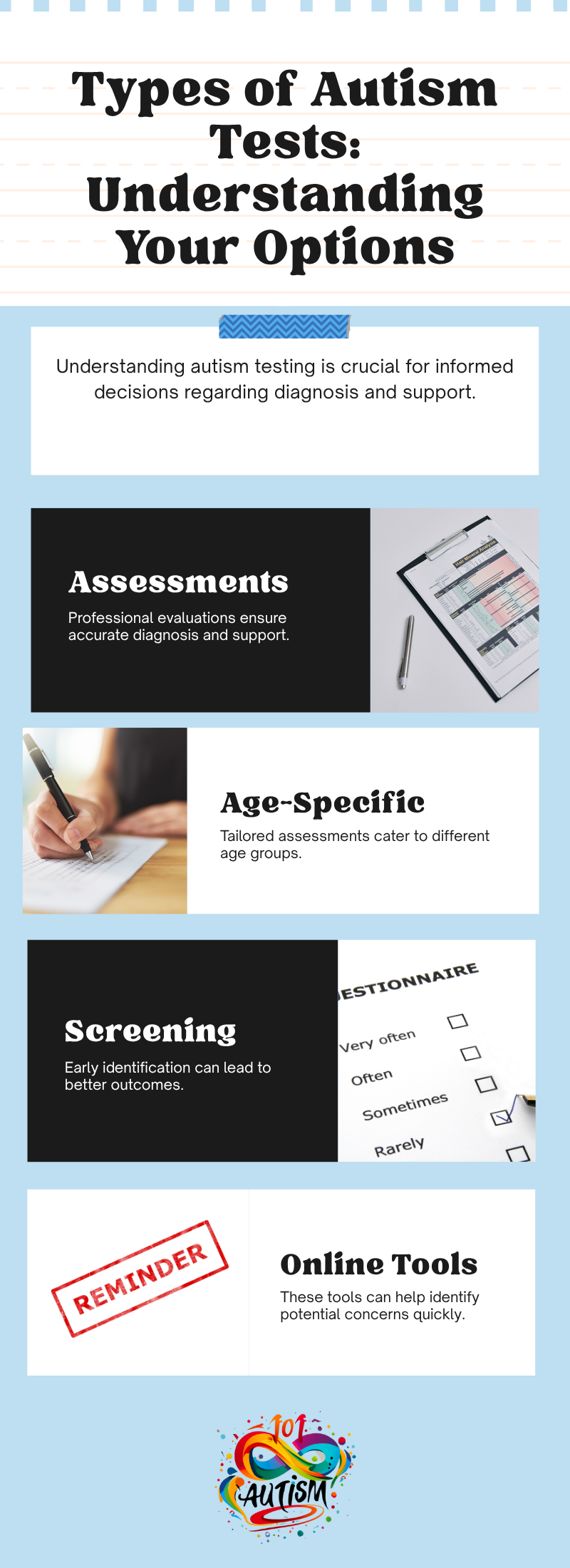Frequently Asked Questions about the ADOS Test
What is the ADOS test?
The ADOS (Autism Diagnostic Observation Schedule) is a standardized, semi-structured assessment that helps clinicians observe and evaluate communication, social interaction, and play/imaginative use of materials in individuals suspected of having autism spectrum disorder (ASD).
What does ADOS stand for?
ADOS stands for Autism Diagnostic Observation Schedule.
What is the ADOS test used for?
It is used as part of a comprehensive evaluation to aid in the diagnosis of autism spectrum disorder (ASD) across different ages and developmental levels.
Is the ADOS test the same as an autism assessment?
No, the ADOS test is a component of a comprehensive autism assessment. A full assessment typically includes interviews, developmental history, cognitive testing, and clinical observation, in addition to the ADOS.
What is the difference between ADOS and ADI-R?
The ADOS is an observational assessment administered directly to the individual. The ADI-R (Autism Diagnostic Interview-Revised) is a structured interview conducted with parents or caregivers to gather information about the individual’s developmental history and current behaviors in various settings. Both are often used together in a comprehensive evaluation.
Why is the ADOS considered the “gold standard” for autism assessment?
The ADOS is considered a ‘gold standard’ because it provides a standardized, structured format for observing behaviors directly relevant to autism diagnosis, making the assessment more consistent and reliable across different clinicians and settings.
Is the ADOS a standardized test?
Yes, the ADOS is a standardized assessment, meaning it is administered and scored according to specific rules to ensure consistency and comparability of results.
Is the ADOS test reliable and valid?
Extensive research supports the reliability and validity of the ADOS as a tool for assessing behaviors associated with ASD, making it a valuable part of the diagnostic process.
Is the ADOS test only for autism?
The ADOS is designed specifically to assess behaviors associated with autism spectrum disorder. While it may provide some insights into other developmental differences, its primary use and validation are for ASD assessment.
Who can administer the ADOS test?
The ADOS test must be administered by a trained clinician, typically a licensed psychologist, psychiatrist, developmental pediatrician, or other qualified professional with specific ADOS training.
What training is required to administer the ADOS?
Clinicians must complete specialized training workshops and often achieve reliability in administering and scoring the ADOS to use it proficiently for diagnostic purposes.
How long does an ADOS test take?
Each module of the ADOS typically takes 40 to 60 minutes to administer.
What happens during an ADOS test?
The clinician engages the individual in a series of planned activities and social interactions designed to elicit behaviors relevant to ASD. The clinician observes and codes these behaviors according to the ADOS protocol.
What activities are involved in the ADOS test?
Activities vary depending on the module and the individual’s age and language level but can include play-based tasks (e.g., building with blocks, pretending), conversation, describing pictures, and responding to social cues.
Can the ADOS test be done online or remotely?
The standard ADOS requires in-person interaction between the clinician and the individual using specific materials, so it cannot be administered fully online or remotely. Some components of an overall assessment might be done remotely, but the ADOS itself requires physical presence.
Where can I get an ADOS test?
ADOS testing is typically conducted by licensed psychologists, developmental pediatricians, or diagnostic centers specializing in autism evaluations. You can find providers through referrals from your doctor, local autism organizations, or online searches for diagnostic services.
What age range is the ADOS test for?
The ADOS-2 is designed for individuals as young as 12 months through adulthood, with different modules appropriate for different age and language levels.
Are parents present during the ADOS test?
For younger children or individuals who might need support, a parent or caregiver may be present in the room, but their role is typically to observe unless instructed otherwise by the clinician. For older individuals, the test is often administered with just the individual and the clinician.
Is it possible to prepare for the ADOS test?
It is not possible or recommended to ‘prepare’ for the ADOS in the sense of practicing or coaching behaviors. The test aims to observe natural behaviors. Parents/individuals can prepare by ensuring they are well-rested and bringing relevant developmental history information.
Is there anything I should avoid doing before the ADOS test?
Avoid coaching the individual on how to behave or what to say during the assessment, as this can impact the validity of the results. Simply let the individual be themselves.
What are the different ADOS-2 modules?
The ADOS-2 has five modules: Toddler Module (for children 12-30 months with limited speech), Module 1 (for children 31+ months with limited speech), Module 2 (for children of any age who use phrase speech but are not fluent), Module 3 (for verbally fluent children and young adolescents), and Module 4 (for verbally fluent older adolescents and adults).
Which ADOS module is used for toddlers?
The Toddler Module is specifically designed for children aged 12 to 30 months who have limited or no consistent phrase speech.
Which ADOS module is used for verbally fluent adults?
Module 4 is used for verbally fluent older adolescents and adults.
How is the correct ADOS module chosen?
The clinician selects the appropriate module based on the individual’s chronological age and their expressive language level.
Is there a specific module for non-speaking individuals?
The Toddler Module and Module 1 are designed for individuals with limited or no consistent phrase speech. The clinician chooses the module based on age within that language level.
How are ADOS test results scored?
Clinicians score observed behaviors based on specific criteria during and immediately after the administration. These scores contribute to algorithms that help classify the level of autism-related symptoms.
What do ADOS scores mean?
ADOS scores provide an indication of the presence and level of autism-related behaviors observed during the assessment. Scores fall into ranges suggesting ‘non-spectrum,’ ‘autism spectrum,’ or ‘autism’ classifications, depending on the module. The Calibrated Severity Score (CSS) provides a measure of symptom severity relative to others with ASD.
What are the ADOS cutoff scores?
Each module has specific cutoff scores within its algorithm. Falling at or above a certain cutoff score suggests a classification consistent with autism spectrum disorder or autism, while scores below suggest a non-spectrum classification.
What is the Calibrated Severity Score (CSS) on the ADOS?
The Calibrated Severity Score (CSS) is a standardized metric that allows for comparison of autism symptom severity across different ADOS modules and ages. It helps provide a more consistent measure of how pronounced ASD symptoms are.
How are ADOS results interpreted in the context of a diagnosis?
ADOS results are interpreted by a qualified clinician as part of a comprehensive evaluation. The scores and observations are considered alongside developmental history, information from parents/caregivers and schools, and other clinical assessments to make a diagnosis according to diagnostic criteria (e.g., DSM-5 or ICD-11).
Does an ADOS score alone diagnose autism?
No, an ADOS score is never the sole basis for an autism diagnosis. It is a crucial piece of information used alongside developmental history, other assessments, and clinical judgment as part of a comprehensive evaluation.
What happens after an ADOS test?
After the test, the clinician scores the ADOS. The results are then integrated with all other information gathered during the comprehensive evaluation. A feedback session is typically scheduled to discuss the findings and diagnosis (if applicable) and recommend next steps or interventions.
How long does it take to get ADOS results?
Scoring the ADOS typically happens immediately after administration. However, receiving the full report and formal diagnosis depends on the clinic’s process and how quickly the entire comprehensive evaluation can be completed and interpreted. This can range from a few days to several weeks.
Is it possible to “fail” or “pass” the ADOS test?
No, the ADOS is not a test you can pass or fail. It is an observational assessment designed to gather information about an individual’s social and communication behaviors in a structured setting to help determine if they meet criteria for an autism diagnosis.
Is the ADOS score the only factor in an autism diagnosis?
No, the ADOS score is a significant factor, but it is not the only one. A comprehensive diagnosis relies on integrating information from multiple sources, including developmental history, parent/caregiver input, observations in different settings, and the clinician’s expert judgment.
How much does an ADOS test cost?
The cost of an ADOS test varies widely depending on location, the evaluating clinician or clinic, and whether it’s part of a larger comprehensive evaluation. It can range from several hundred to over a thousand dollars.
Is the ADOS test covered by insurance?
Coverage for autism diagnostic evaluations, including the ADOS, varies significantly by insurance plan and location. Many plans offer some coverage, but it’s essential to verify with your specific insurance provider.
Where can I find an ADOS testing location near me?
You can search online for autism diagnostic centers, developmental pediatricians, or licensed psychologists in your area who specialize in autism evaluations. Referrals from your primary care physician or local autism support organizations can also be helpful.
What is the waiting time for an ADOS test?
Waiting times for autism diagnostic evaluations, including the ADOS, can vary significantly depending on your location and the demand for services. In some areas, waiting lists can be several months long.
Is the ADOS test available in all regions or countries?
The ADOS-2 is widely used internationally and has been translated into various languages. However, availability of trained clinicians and testing centers can vary by region and country.
Can the ADOS be used to assess autism in adults?
Yes, the ADOS-2 includes Module 4 specifically designed for verbally fluent adolescents and adults suspected of having ASD.
Can the ADOS be used for non-speaking individuals?
Yes, the Toddler Module and Module 1 are designed for individuals with limited or no consistent phrase speech, allowing for assessment of non-verbal communication and social interaction.
Can the ADOS differentiate between autism and other conditions (like SCD or ID)?
The ADOS is a valuable tool for differentiating ASD from other conditions that may have overlapping symptoms, such as Social Communication Disorder (SCD) or Intellectual Disability (ID), by providing specific observations of core ASD behaviors. However, this differentiation is made by the clinician as part of the overall evaluation, not solely by the ADOS score.
Is the ADOS suitable for individuals with intellectual disability?
Yes, the ADOS can be used with individuals with intellectual disability (ID) as long as their developmental level allows for participation in the assessment activities. The clinician selects the appropriate module based on their language and developmental level.
Is the ADOS appropriate for very young children (under 12 months)?
The ADOS-2 Toddler Module is designed for children starting at 12 months of age. For children younger than 12 months, other observational tools or developmental assessments would typically be used.




















1 Response
[…] Full Guide […]